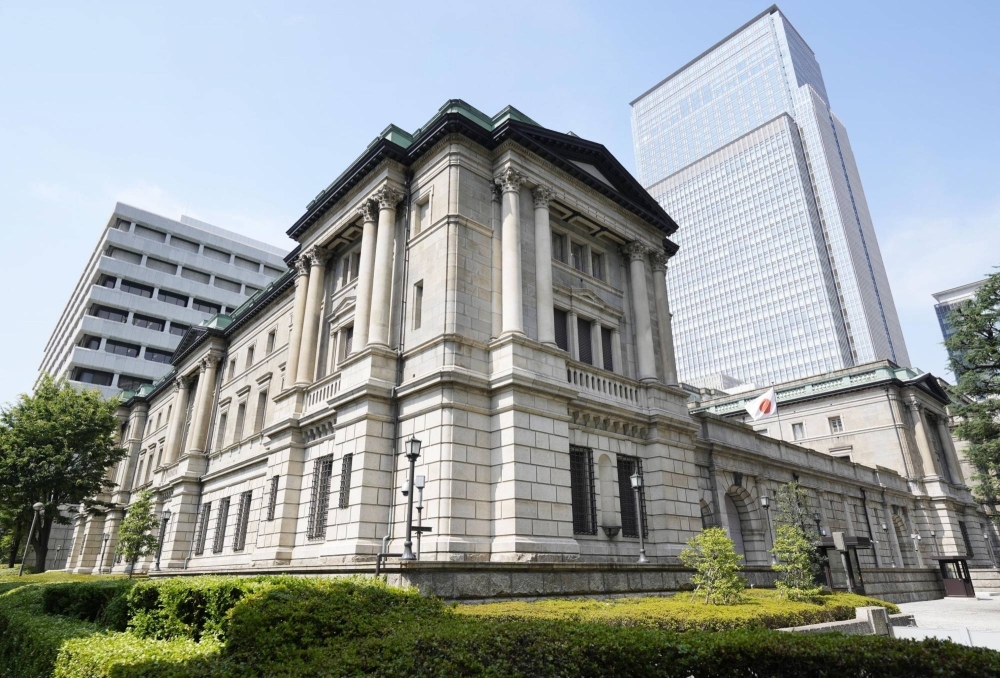The Bank of Japan has bought a total of ¥1.01 quadrillion ($6.7 trillion) worth of Japanese government bonds since embarking on its ultraeasy monetary policy about a decade ago, resulting in the central bank controversially holding about half of outstanding national bonds, the bank's data showed.
The BOJ bought around ¥7 trillion worth of Japanese government bonds in September alone, according to the data, bringing its aggregated purchase above its threshold of ¥1 quadrillion.
The bank held about ¥580 trillion worth of government bonds as of the end of June, equivalent to 53% of outstanding government debt, as it attempts to keep bond yields low as part of its monetary stimulus.
But the massive bond purchase program has garnered criticism that the bank acts as the "government's purse" and reduces market liquidity.
The BOJ held about ¥93 trillion, or 11% of government debt, as of the end of March 2013 before Haruhiko Kuroda, who took the helm the same month, implemented the bank's ultraloose policy in April of that year.
During his time as BOJ chief, Kuroda largely maintained the easing policy over the decade to attain stable inflation accompanied by sustained wage growth.
While major Japanese companies agreed on their sharpest pay raises in 30 years during wage negotiations this year, the BOJ says it does not see itself abandoning its monetary easing policy for now.
Under the bank's yield curve program, short-term interest rates are set at minus 0.1% and 10-year Japanese government bond yields are guided around zero percent.
But the BOJ decided in July to allow 10-year Japanese government bond yields to rise above 0.5% toward 1.0%, partly to brace for upside risks to inflation.
The bank will still need to continue purchasing bonds if the long-term bond yields top the 1.0 limit.




